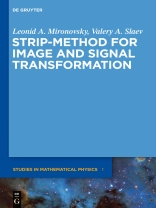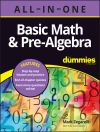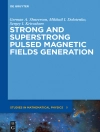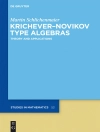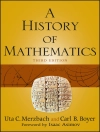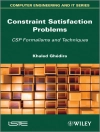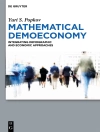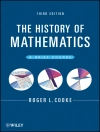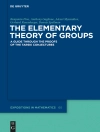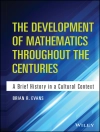This work deals with the matrix methods of continuous signal and image processing according to which strip-transformation is used. The authors suggest ways to solve a problem of evaluating potential noise immunity and synthesis of an optimal filter for the case of pulse noises, of applying the two-dimensional strip-transformation for storage and noise immune transmission of images. The strip-transformation of images is illustrated by examples and classes of images invariant relative to symmetrical orthogonal transformations.
The monograph is intended for scientists and specialists whose activities are connected with computer signals and images processing, instrumentation and metrology. It can also be used by undergraduates, as well as by post-graduates for studying computer methods of signal and image processing.
Table des matières
Preface
Introduction
CHAPTER 1. THE STRIP-METHOD OF TRANSFORMATION OF SIGNALS
1.1. The strip-method linear encoding, and problems solved by it
1.2. Conservation of a ‘smoothness’ of the transformed signal
1.3. Alignment of a variance of a non-stationary signal
1.4. Alignment comprehension a non-stationary signal
1.5. Spectrum narrowing of an encoding signal
CHAPTER 2. OPTIMAL CHEBYSHEV ENCODING AND THE FILTRATION
2.1. Preliminary remarks
2.2. Problem statement
2.3. An estimation of a potential noise-immune in case of single pulse noise
2.4. An estimation of a potential noise-immune in case of multiple pulse noise
2.5. Synthesis optimal Chebyshev filter
2.6. Quasi-optimal encoding
2.7. Redundancy introduction in a strip-method linear encoding
CHAPTER 3. THE STRIP-METHOD OF TRANSFORMATION OF IMAGES
3.1. A two-dimensional strip-transformation
3.2. A choice of optimal matrices of transformation
3.3. Examples of strip-transformation of images
3.4. Definition of critical multiplicity of pulse noise
3.5. Root images of bilateral strip-transformation
CHAPTER 4. HARDWARE REALIZATION OF THE STRIP-METHOD
4.1. Realization of a strip-method with use of magnetic recording-reproduction
4.2. Realization of a strip-method with a cyclic matrix
4.3. The device of alignment of a signal variance
4.4. Devices for introduction of information redundancy
Conclusion
Appendix. Hadamard matrices and matrices close to them
Bibliography
A propos de l’auteur
Leonid A. Mironovsky, Saint Petersburg State University of Aerospace Instrumentation, Russia; Valery A. Slaev, Mendeleyev Research Institute for Metrology, Saint Petersburg, Russia.
